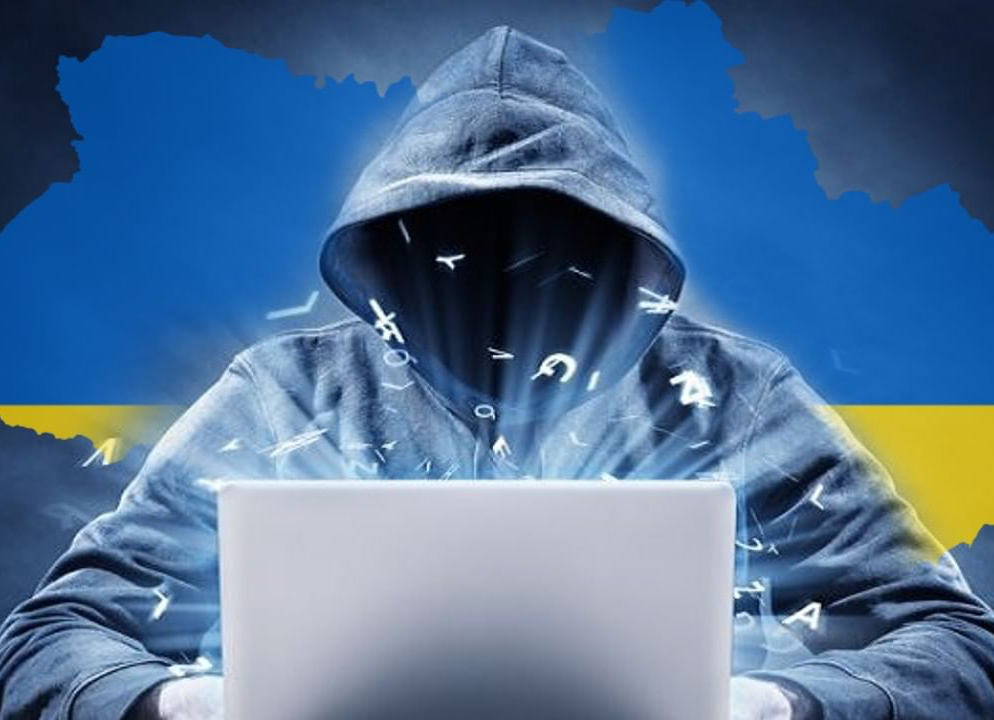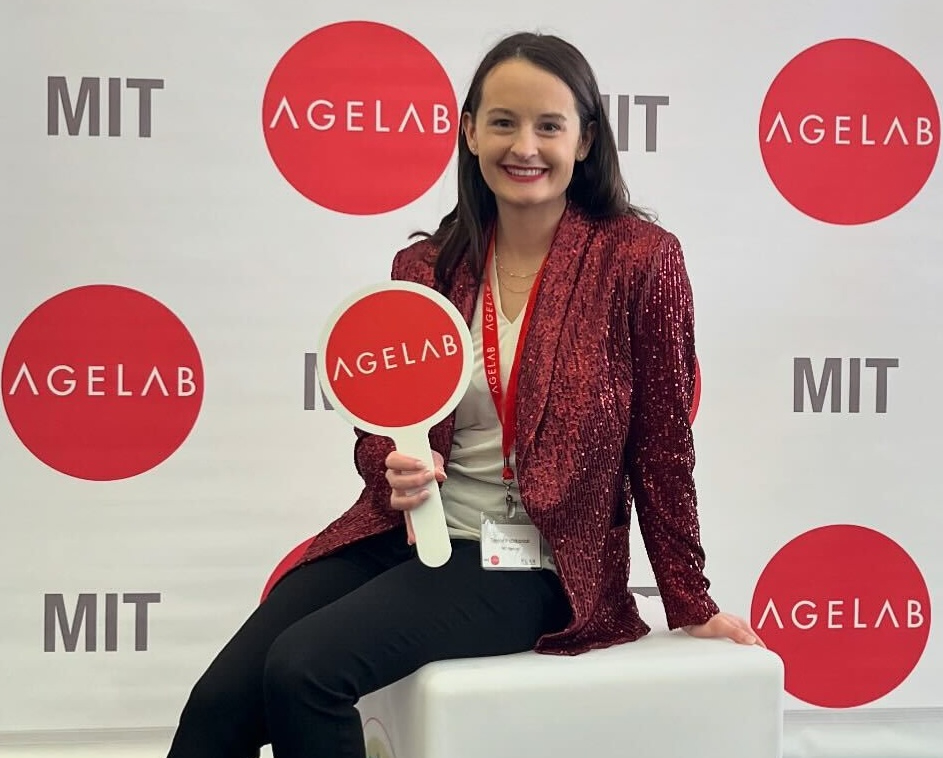When war is a click away: today’s conflicts and the need for tech literacy
As a graduate student in public health, I had a professor once tell me, “War is the very worst
thing for human health.” I never forgot that. We know from the gerontological literature that
when exposed to events like war, younger people can carry that trauma – and its physical
and mental health outcomes – over their lifetime, well into older adulthood. We have heard
firsthand experiences of the lifelong effects of war from members of our 85+ Lifestyle
Leaders Panel, like Dr. Edgar Klugman, who fled Nazi Germany on a Kindertransport after
Kristallnacht.
We also know that older people tend to be disproportionately impacted by crises. We can
attest to this from our own research examining early COVID-19 experiences with the
Lifestyle Leaders, and from the literature on the effects of natural disasters on older adults.
Older adults may encounter particular difficulties when attempting to flee from or avoid
fighting, sometimes leading to social exclusion and family separation. They may experience
shortages or a lack of access to important supplies like medications. And they may also
suffer from a shortage of a less tangible, but still precious wartime resource: information.
In an earlier technological era, people received information about a conflict from intelligence
agencies and from professional journalists. Now, any ordinary person with a smartphone
can serve as a source of firsthand information about a conflict situation. Not a day into
Russia’s invasion of Ukraine were there TikToks depicting missiles in Kyiv and instructions
about how to make Molotov cocktails. Forums like Reddit’s r/Ukraine are flooded with live
footage, photographs, and commentary from people who live in the region. Being connected
to these sources, especially for those who are living in the conflict zone, can be greatly
empowering from an information standpoint.
I think about the adage “get devices into hands” when I consider what this means for less
digitally connected older adults who find themselves experiencing a disaster or crisis. Being
technologically connected and skilled has become key for accessing wartime information
and responding to new situations. Having access to a device can mean the difference
between being informed and uninformed, prepared and unprepared.
But access to technology is only one part of preparedness. The benefits of technology are
lost if someone is provided a device but doesn’t have the skills to use and troubleshoot it.
This includes being able to discern truthful from dubious information.
24/7 access to user-generated content has transformed what propaganda looks like, how
we encounter it, and the skills that we need to defend ourselves against it. The rapid posting
and sharing of content on social media platforms mean that information cannot be verified
before it becomes immensely popular and floods our feeds, leaving it up to the user to
determine what is true. Even for digital natives, that can be a formidable task. The creators
of these platforms are certainly responsible here – they are profiting from their users’ desire
for information about the war and are obligated to address misinformation pertaining to it.
But it is also our responsibility as technology users and educators to learn how to live in this
new information ecosystem.
In my role as a technology tutor with an area nonprofit, we bring new devices to our older
clients’ doorsteps and then hope two follow-up visits will be enough to set the device up,
troubleshoot issues as they arise, and (hopefully) establish some technology literacy along
the way. On more than one occasion I have returned to a client telling me something like,
“Somehow I signed up for xyz service which I thought was free, but now it’s telling me my
card is going to be charged monthly,” or, “Now that I can get on Facebook, look at this thing
I saw. Can that possibly be true?” Sometimes I walk away from these meetings cherishing a
successful training session, while in other cases I find myself mulling over how I can be a
better teacher.
Whether to be prepared for a disaster or just to navigate everyday life, we need more
effective technology training and learning, especially that which emphasizes the use cases
of users who are older or who are digital immigrants. The conflict in Ukraine, and the ways it
has shown how information is shared and weaponized online, only heightens the
importance of this kind of work. The fog of war is digital too.

